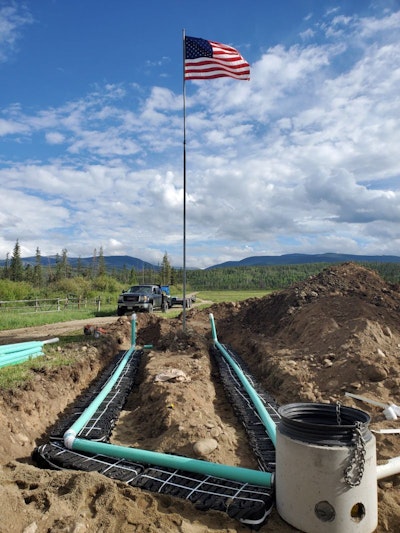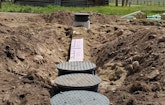Nestled on the western slopes of the Rocky Mountains along the Frazier River are a series of small cabins President Dwight Eisenhower used before and during his time in office. One was his family’s personal vacation cabin, and another was for his Secret Service detail.
Located...









